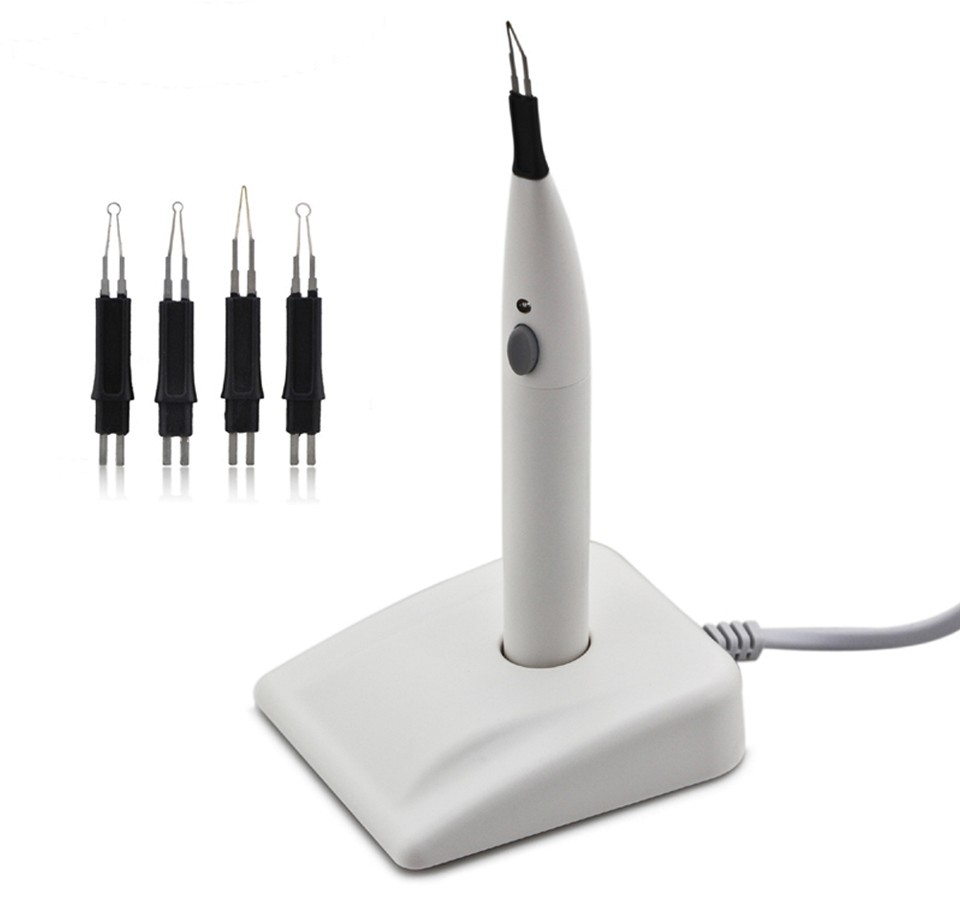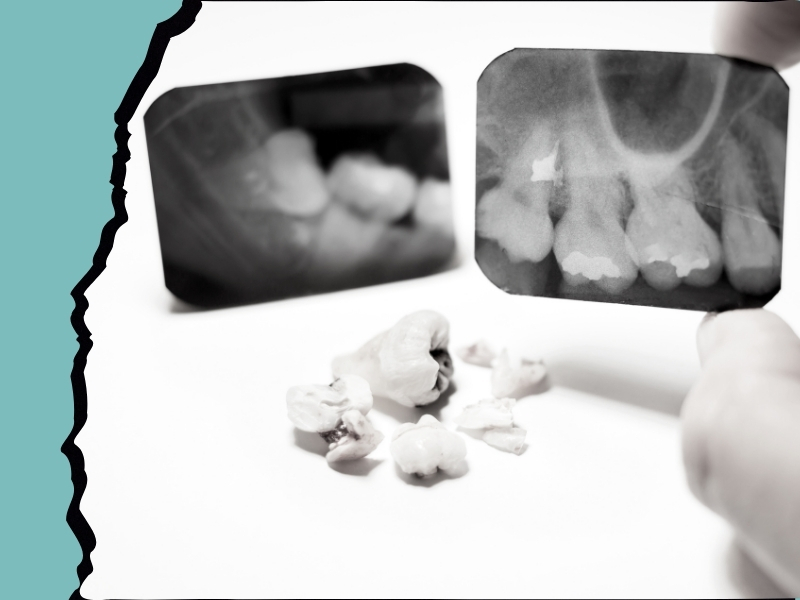How To Remove Tori Mandibular? Surgery Options

The torus mandibularis, a bony growth on the lower jaw, can be a source of discomfort and anxiety for many individuals. While it’s often asymptomatic, this growth can sometimes cause problems with dental work, chewing, or even oral hygiene. Removing a torus mandibularis is a surgical procedure that requires careful consideration and expert guidance. In this article, we will delve into the world of torus mandibularis removal, exploring the reasons behind the surgery, the different surgical options available, and what to expect during the recovery process.
Understanding Torus Mandibularis
Before we dive into the surgical aspects, it’s essential to understand what a torus mandibularis is. This bony growth occurs on the mandible (lower jawbone), typically on the inner surface. It’s a benign (non-cancerous) growth, often appearing as a small, rounded bump or a larger, flat area. The exact cause of torus mandibularis is not well understood, but it’s believed to be related to genetic factors, with some families showing a higher prevalence. While many people with torus mandibularis do not experience any issues, for others, it can interfere with dental procedures, cause discomfort, or lead to difficulties in keeping the area clean.
Reasons for Removal
The decision to remove a torus mandibularis is usually made based on specific criteria. These include:
- Interference with Dental Work: The torus can interfere with the placement of dental implants, dentures, or other oral appliances.
- Discomfort or Pain: In some cases, the torus mandibularis can cause discomfort or pain, especially if it’s large or if it interferes with the movement of the jaw.
- Oral Hygiene Issues: The uneven surface can trap food and bacteria, leading to hygiene issues and potentially causing infections or gum disease.
- Aesthetic Concerns: Although less common, some individuals may choose removal for aesthetic reasons, especially if the growth is large and visible.
Surgical Options for Torus Mandibularis Removal
The removal of a torus mandibularis is typically performed by an oral and maxillofacial surgeon or a periodontist. The surgery can be done under local anesthesia, sedation, or general anesthesia, depending on the size of the torus, the patient’s overall health, and personal preferences.
Conventional Surgical Excision: This is the most common method, where the surgeon makes an incision in the mucosa (the mucous membrane lining the inside of the mouth) to expose the torus. The bone is then carefully removed, and the incision is closed with sutures.
Laser-Assisted Surgery: In some cases, a laser may be used to remove the torus. This method can offer advantages such as less bleeding, reduced risk of infection, and potentially faster healing times.
Piezoelectric Surgery: This technique uses ultrasonic vibrations to cut the bone, providing a high degree of precision and potentially minimizing damage to surrounding tissues.
Minimal Invasive Techniques: For smaller tori, minimal invasive techniques might be employed, involving smaller incisions and potentially less recovery time.
Recovery and Post-Surgical Care
After the surgery, patients can expect some discomfort, swelling, and bruising, which can be managed with pain medication and ice packs. It’s crucial to follow the surgeon’s instructions carefully to ensure proper healing and minimize the risk of complications. This includes:
- Dietary Restrictions: A soft diet for a few days to a week, avoiding chewing on the side of the mouth where the surgery was performed.
- Oral Hygiene: Gentle mouth rinses and careful brushing around the surgical site to keep the area clean.
- Follow-Up Appointments: Regular check-ups with the surgeon to monitor healing and remove sutures if they are not absorbable.
Conclusion
The removal of a torus mandibularis is a surgical procedure that can provide relief for individuals experiencing discomfort, interference with dental work, or hygiene issues due to this bony growth. By understanding the reasons for removal and the surgical options available, patients can make informed decisions about their care. It’s essential to consult with a qualified oral and maxillofacial surgeon or periodontist to discuss the best approach for each individual case, ensuring a safe and successful procedure.
What are the risks associated with torus mandibularis removal surgery?
+As with any surgical procedure, there are risks involved, including infection, bleeding, nerve damage, and reaction to anesthesia. However, these risks are generally low when the procedure is performed by an experienced surgeon.
How long does it take to recover from torus mandibularis removal surgery?
+The recovery time can vary depending on the individual and the extent of the surgery. Most people can return to their normal activities within a week, but it may take a few weeks for the area to fully heal.
Will I need to follow a special diet after the surgery?
+Yes, it’s recommended to follow a soft diet for a few days to a week after the surgery to avoid discomfort and facilitate healing. Your surgeon will provide specific dietary advice based on your case.

